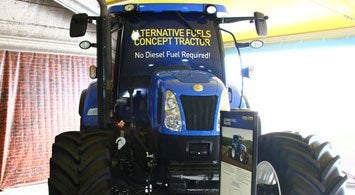
Biofuel engine power can be traced back to the inventor of the diesel engine, Rudolf Christian Karl Diesel, who in the 1890s designed his compression-ignition engine to run on vegetable oil. And though modern-day diesel engines are intended to run on petroleum diesel (petro diesel), today’s groundswell of renewable energy interest is again bringing biofuel to the forefront, with U.S. producers producing some 1.26 billion gallons of biodiesel fuel each year and growing.
Biodiesel is a biofuel, a source of energy derived from living matter and produced through biological processes such as agriculture and anaerobic digestion rather than the geological formation of fossil fuel. Biodiesel can be used in its purest form (B100) but is more commonly used as an additive in certain percentages such as 5% (B5) and 20% (B20). For a diesel engine, using biodiesel requires modification to the vegetable oil (usually with methanol and other additives) while using straight vegetable oil requires modifications to the engine. Confused? Well, so were we, and that’s the reason for bringing Tractor.com readers this article. Let’s begin by going over the different types of biodiesel typically encountered.
B100
B100 is pure biodiesel. Straight vegetable oil is too thick to burn in a standard diesel engine, with the viscosity worsening as the temperatures go down. A two-tank system combats this by having petro diesel in one tank, which is used to start and warm up the tractor, then switching over to a second tank containing vegetable oil when the temperature reaches 160F. A two-tank system also switches back to the petro diesel tank to purge the lines and injectors before shutting off and ensuring normal restart. A single tank system heats up the vegetable oil using electric heat. This type of system requires modified injectors and glow plugs. Older engines typically have better tolerance for a single tank system, though the seals, gaskets, hoses etc. are almost sure to degrade prematurely over repeated exposure.
B20
Nowadays, many tractor engines are able to efficiently run on B20 (20% biodiesel/80% petro diesel). Consulting your owner’s manual will most likely state so, as long as the fuel meets the standards set by ASTM D6751 or EN 14214. The manufacturer will most likely recommend the supplier be certified to BQ 9000 to ensure consistent quality. A tractor running B20 emits less carbon monoxide, carbon dioxide and hydrocarbons than the same machine running on petro diesel. Nitrogen oxides may be increased, though research by the EPA on this subject is still being conducted.

B5
Almost all tractor engines (always consult your owner’s manual and/or dealer) can run on B5 (5% biodiesel/95% petro diesel). B5 has slightly less energy quotient than petro diesel, but burns cleaner, has a higher cetane content for quicker starts, smokes less, and brings with it increased lubricity. B5 requires no different handling than petro diesel and typically can be stored for up to six months.
Homemade Biodiesel
Since biodiesel is made by combining vegetable oil, animal fat, or recycled cooking oil with alcohol (usually methanol), this biofuel can be made by the end user. In the case of an agribusiness aiming to minimize costs and maximize their return-on-investment (ROI), and with many of these same renewable resources are on hand, makes the creation of their unique biodiesel blend a distinct plausibility. The creation of the blend and the requirements to strain, test for potassium hydroxide, add methanol, filter out impurities, control and then store are too complex for this article. Needless-to-say, making your own biodiesel should be seriously investigated prior to attempting.
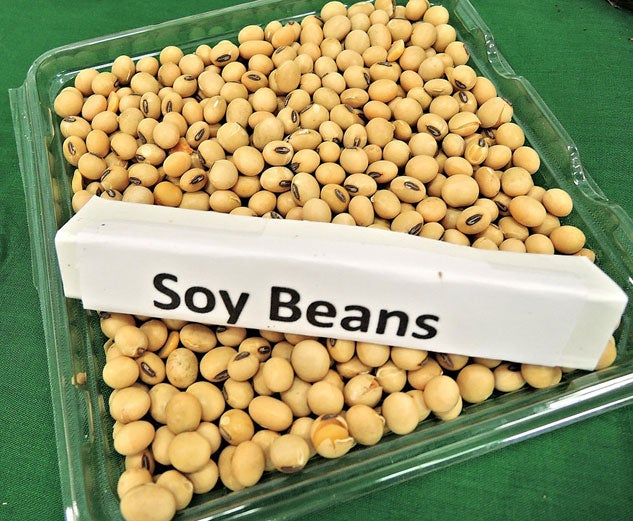
Manufacturer Acceptance
What do some of the manufacturers have to say about biodiesel use? We checked with three to get the latest. John Deere has approved B5 since 2001, but up to B20 is allowable. For engines without diesel particulate filters (DPF), higher blends can be used but only if allowable by law. The use of an approved fuel conditioner is required for blends above B20 and recommended for those below. Engines with DPF systems should not use blends above B20. Approved conditioner additions are required. John Deere cautions biodiesel users against degradation of seals, gaskets, hoses, elastomers, glues and plastics. Natural rubber, nitrile and butyl rubber are particularly susceptible. Also, brass, bronze, copper, lead, tin and zinc can accelerate oxidation and create deposits. Periodic testing of the biofuel, decreased filter life, a reduction of power and increase in fuel consumption should all be expected. John Deere also includes a warranty disclaimer against poor fuel quality.
Kubota engines can use B5 formulations, with many able to use B20 (except V3800-CR and V6108-CR). Areas of concern the user should be aware of include free methanol, free fatty acids, mono and diglycerides, thermal stability, and the introduction of metallic compounds, water and solid impurities. B100 has the potential for fuel injection system corrosion, elastomeric seal failures, dilution and polymerization of engine sump oil, fuel injector blockage and pump seizures due to high viscosity at lower temperatures. B5 is acceptable as long as it meets ASTM/EN standards and that the producer or marketer of the blend is BQ 9000 certified. Kubota further supports a three-month max storage life and predicts decreased filter life and therefore increased maintenance. And while use of biodiesel does not affect Kubota warranty for material and workmanship, failures attributed to fuel are not considered a factory defect and are not covered under Kubota warranty.
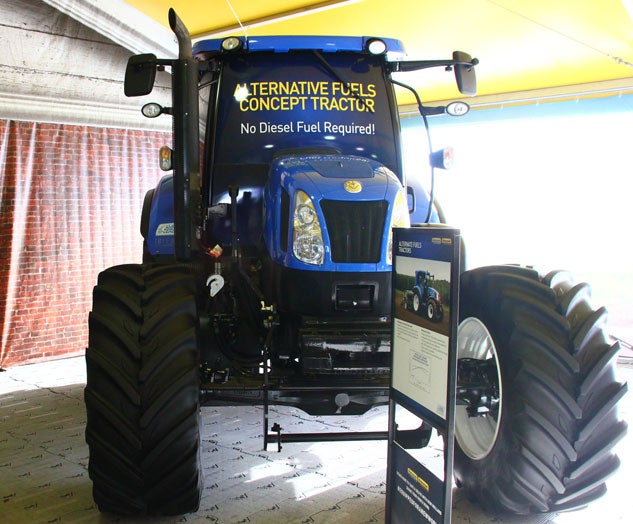
New Holland has endorsed the use of B20 ever since 2006. Now many engines are B100 compatible. For B5 users, the recommended handling is no different than with petro diesel. Shelf life should be up to six months. For users of blends between B5 and B20, the fuel should only be procured from a quality BQ 9000 certified supplier. Blends from this range should be handled carefully to ensure water doesn’t enter the supply (biodiesel can attract water vapor from the air). Shelf life is reduced to three months max. More frequent filter changes, the cleaning of on-site handling systems and tanks, and the addition of a biocide to prevent bacterial growth may be required. When temperatures drop to 16F, the biodiesel should be blended to B5 or less.
Use of B20 to B100 requires the user to check with their dealer for specific guidelines. Storage is critical, with blends in this range requiring the tanks be protected against direct sunlight and frost. When temperatures drop to 41F, the biodiesel should be blended to B5 or less. Hoses, connections and gaskets require regular checks. Oil sampling is also required. Power losses of 4-7% should be expected.
Wrap Up
So, should you be using a biofuel? That is a complicated question. The short answer is that many agribusinesses are using this renewable energy source and reaping the benefits with few, if any issues, and that the place to begin is with a full understanding of what your manufacturer recommends for your particular model along with what is available in your region.
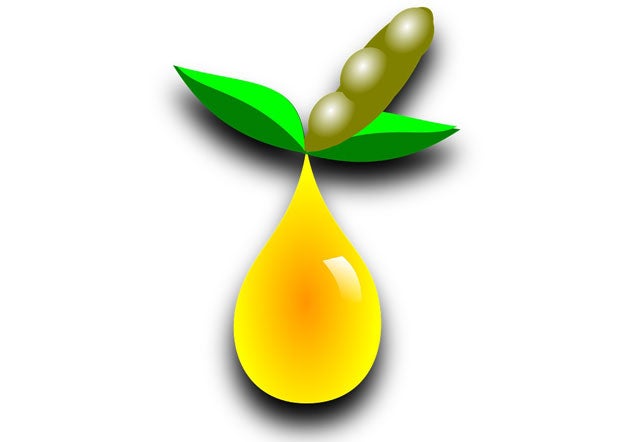
Biodiesel Plusses
• Renewable energy source
• Improved emissions
– Carbon monoxide down by 12.6% (B20)
– Hydrocarbons down by 11%
– Particulates down by 18%
– Air toxics down by 12-20%
– Mutagenicity down by 20%
• Can be a cost-effective alternative when petro diesel prices are high
Biodiesel Minuses
• Possible reduced seal, hose, and gasket life expectancy
• Increased filter change requirement (at least initially)
• Increased need to monitor oil level and quality
• Decreased shelf life
• Possible bacterial growth
• Temperature reactivity
• Typically more expensive than petro diesel
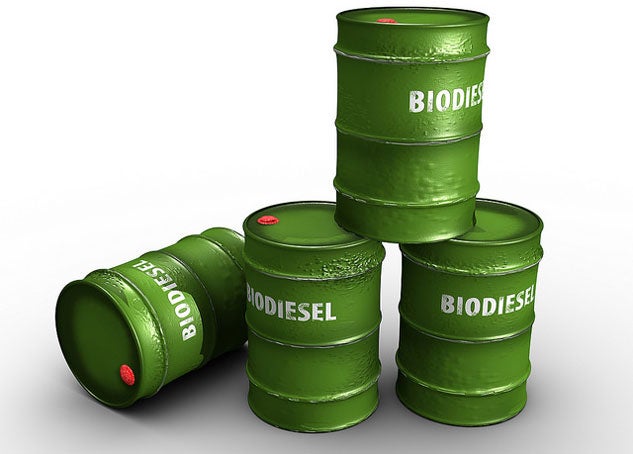
 Your Privacy Choices
Your Privacy Choices